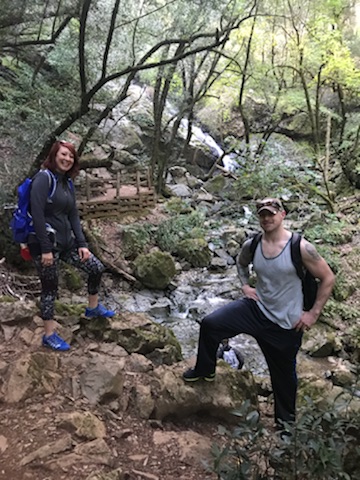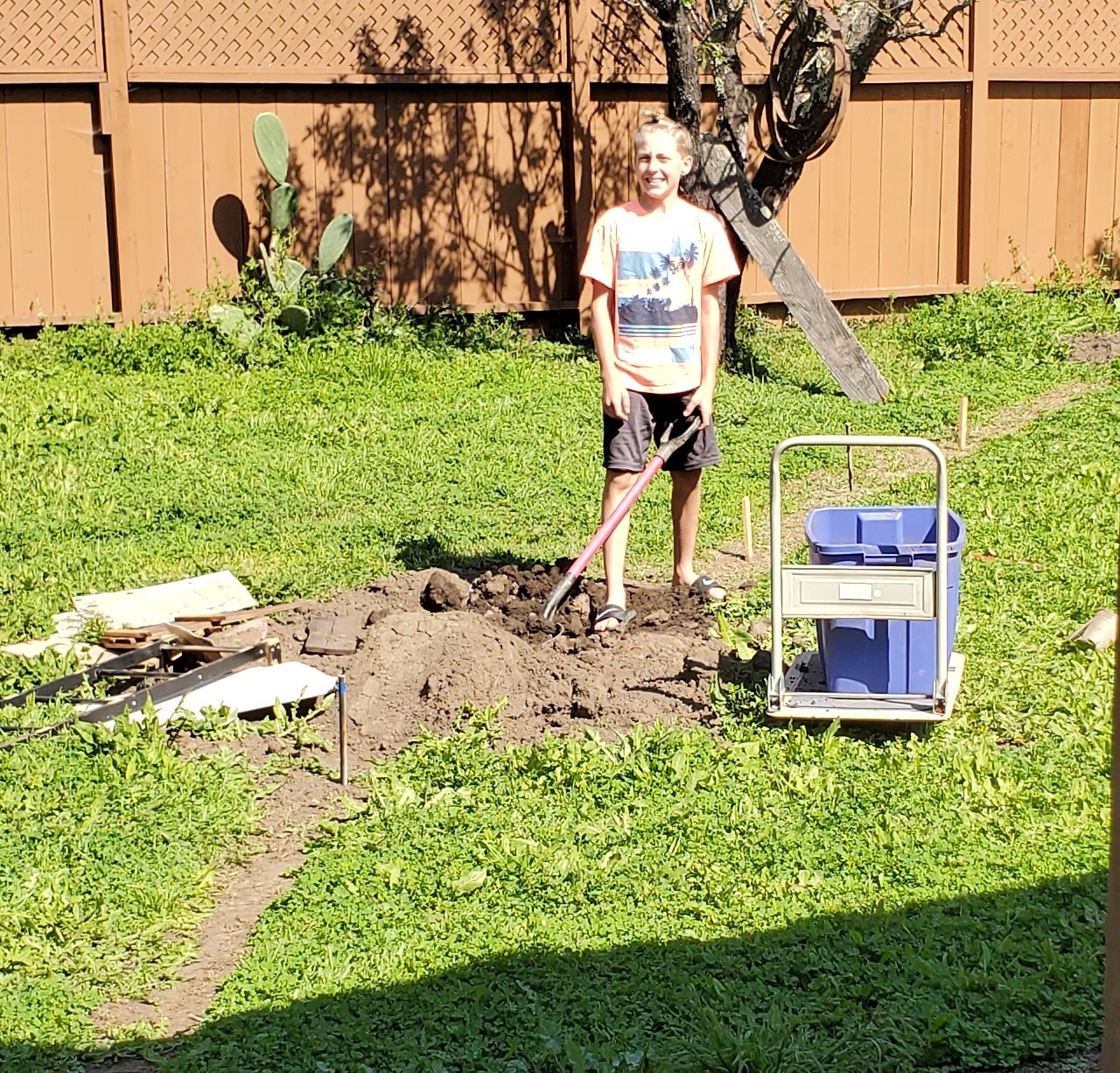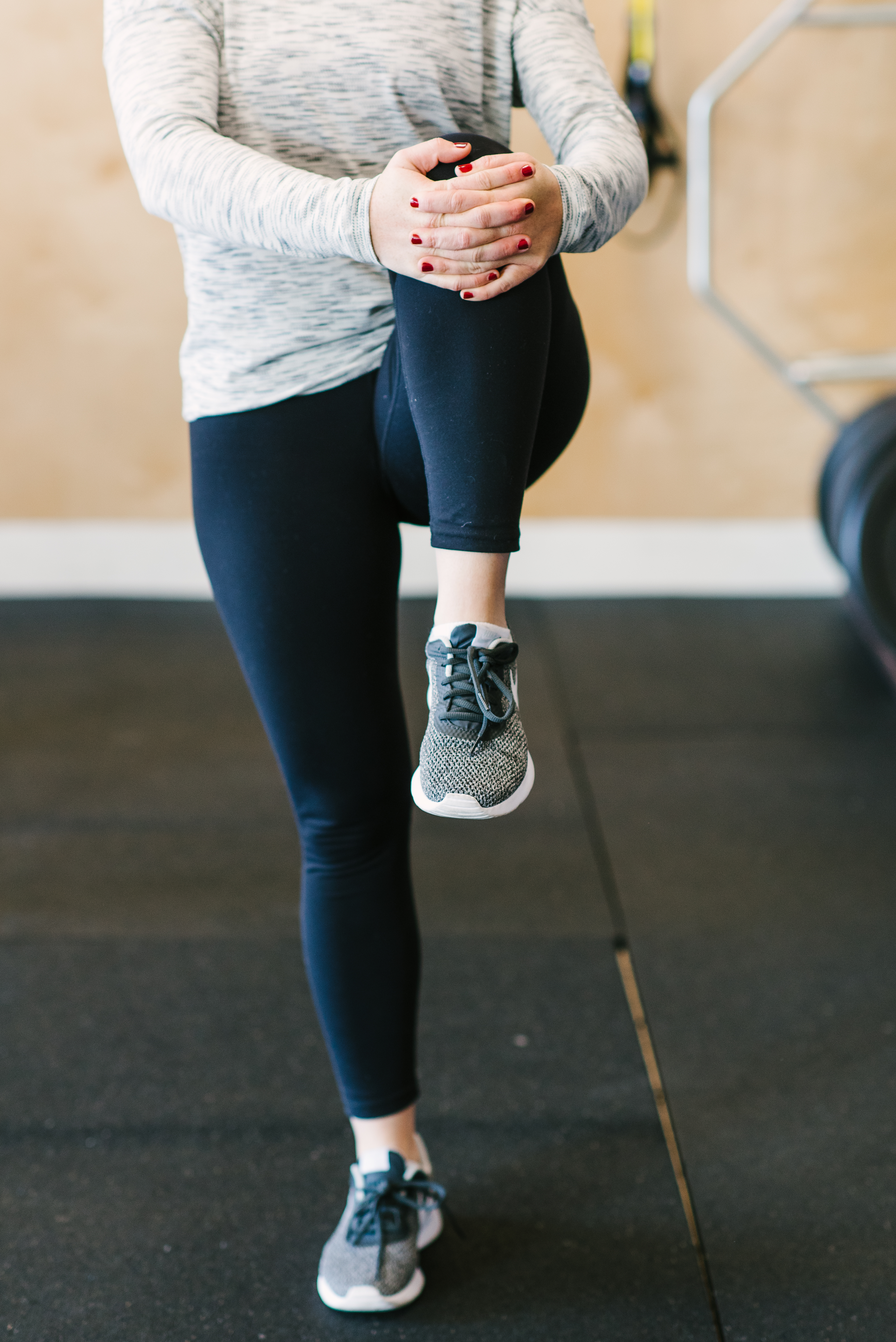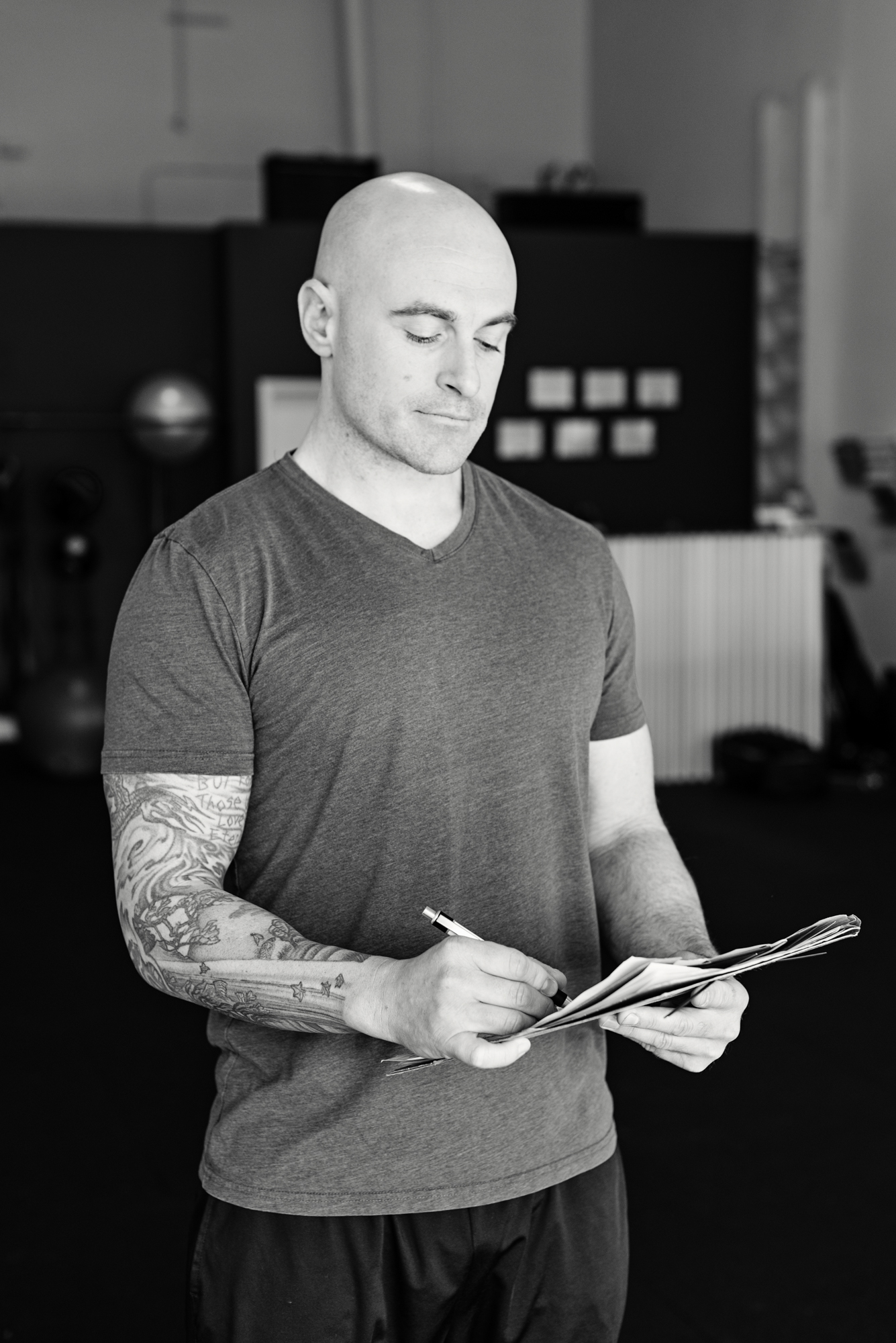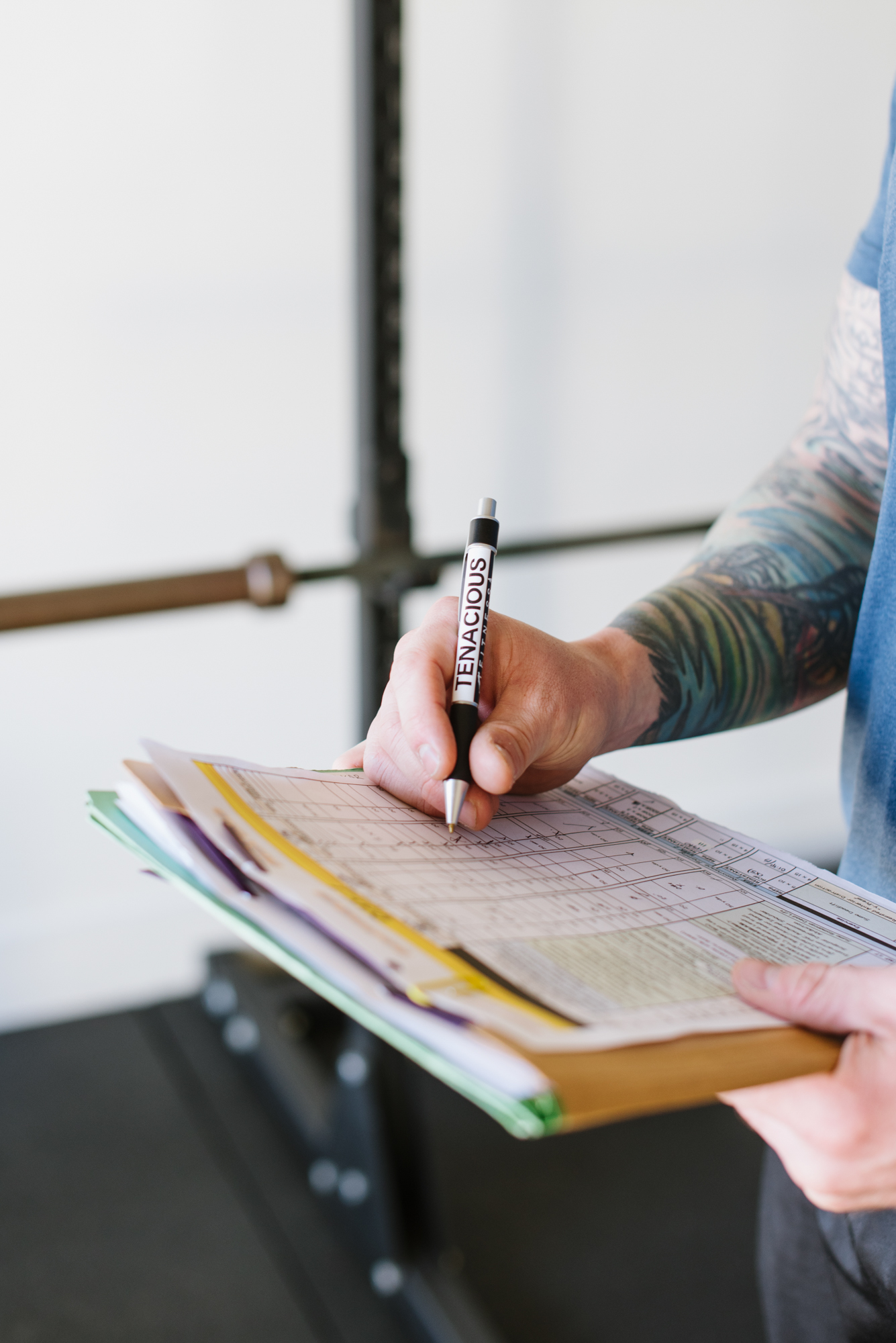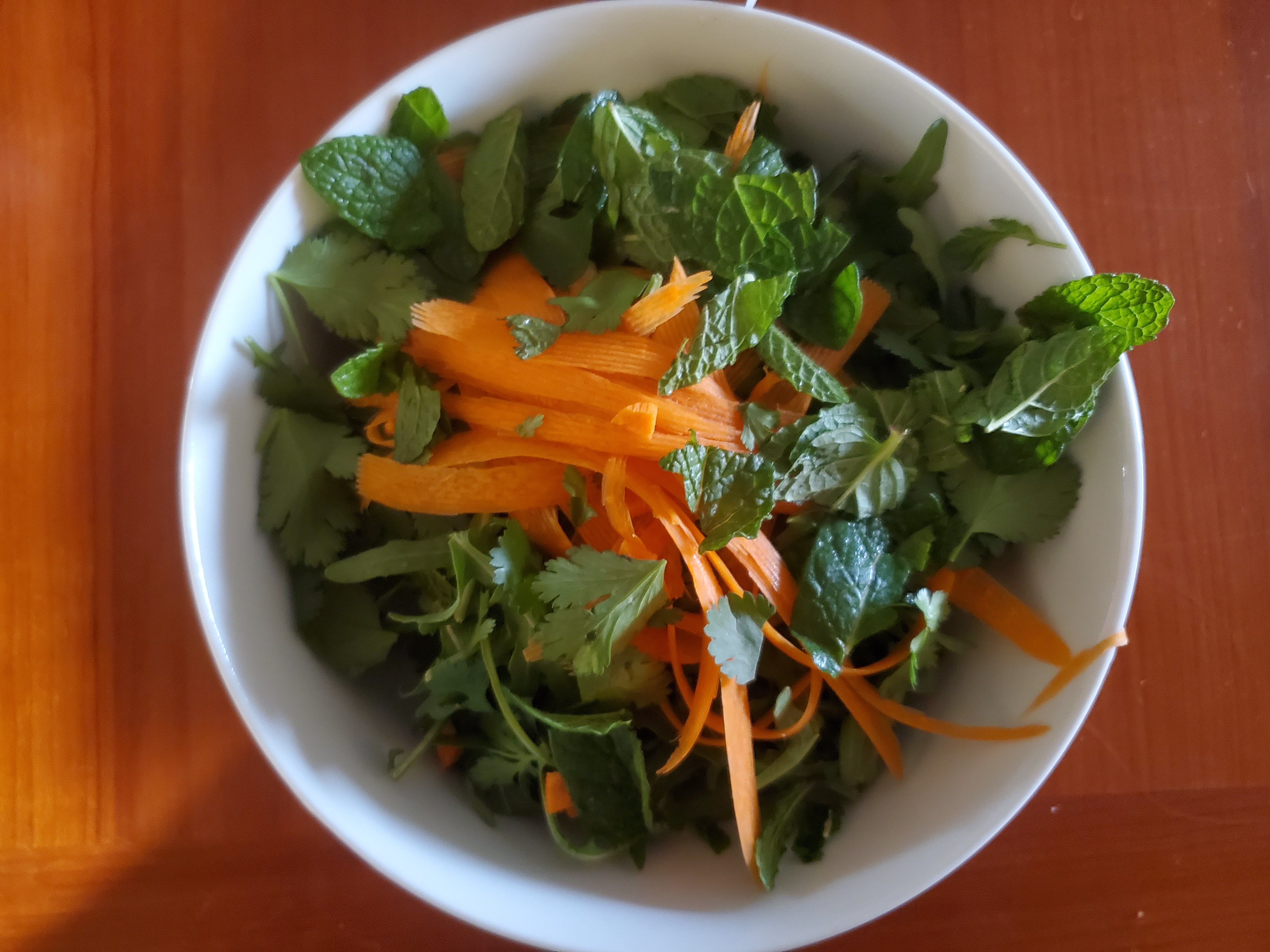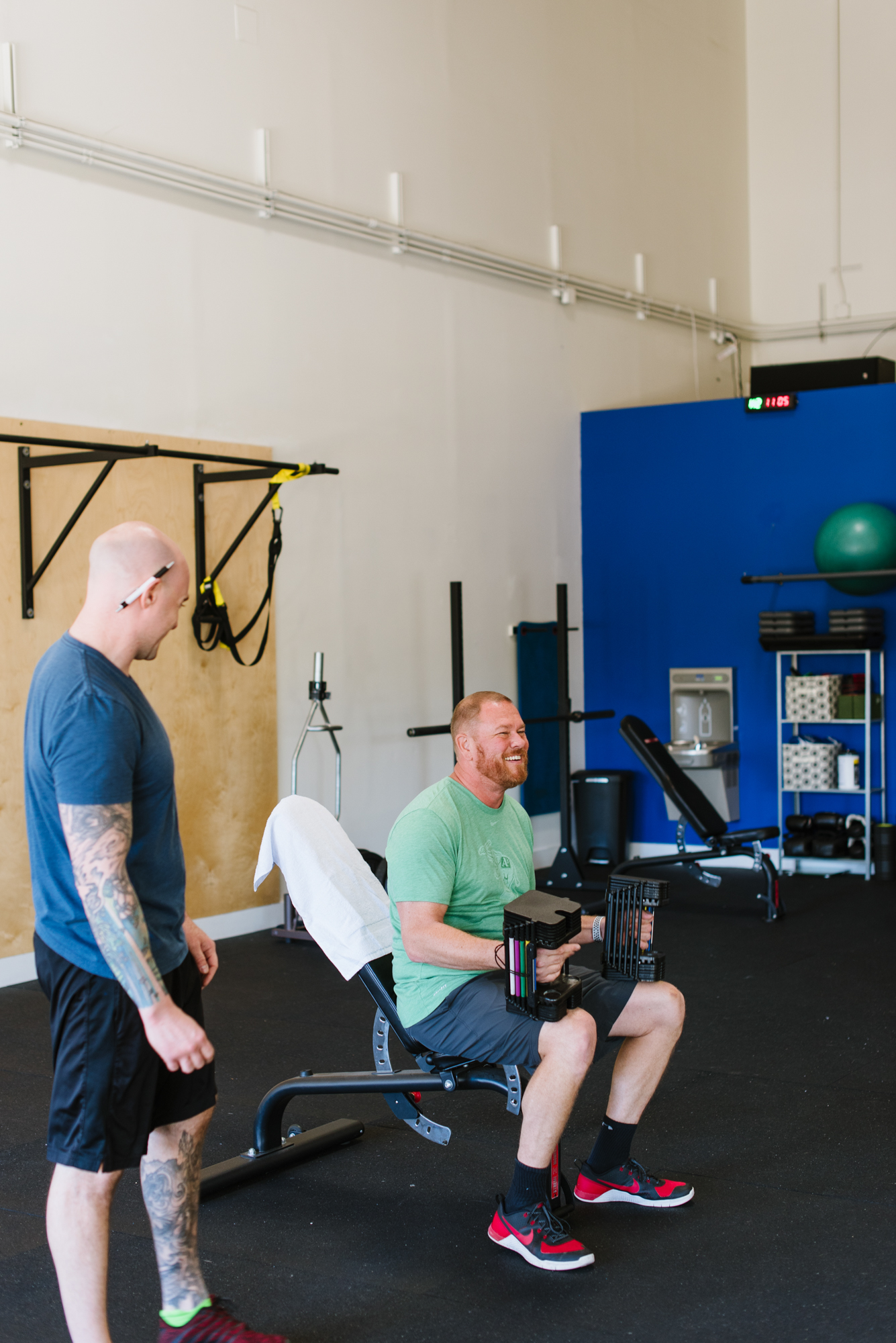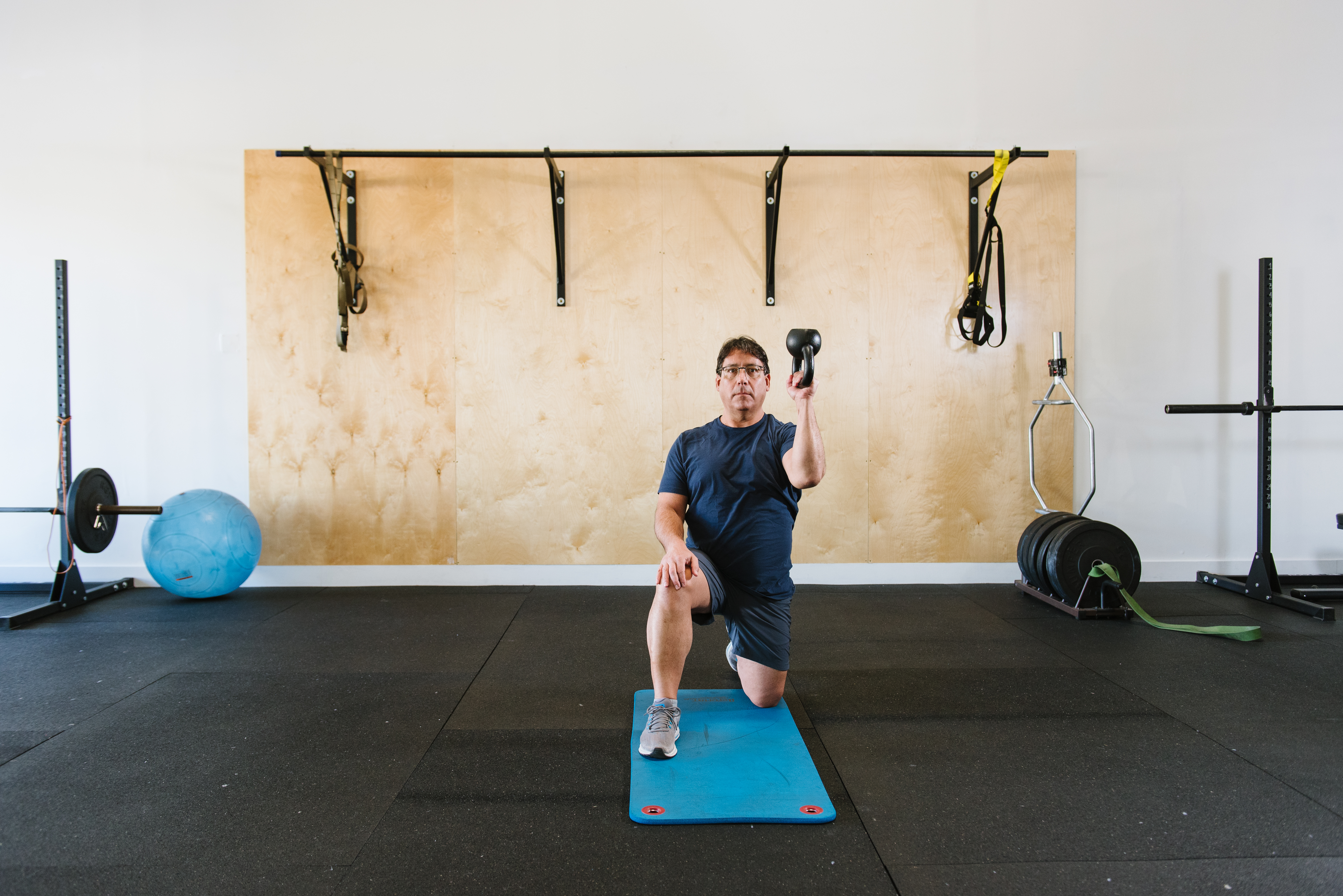Welcome to May in Napa, California. Other than a few showers at the conclusion of April, the hot and sunny days are just around the corner. Expect to enjoy your breakfast in the warm mornings as the sun peaks its head around the horizon. During sunset, dinners are waiting to be enjoyed in the heat of the night stimulates our palate for something grilled with a crispy, fresh salad as its companion. We get to look forward to seasonal veggies that are hemorrhaging throughout local farmers crops, waiting to be acquired by us so we can create a dish to suffice our refined foodie palates.
The near-perfect Napa climate opens up opportunities to fire up the grill outside. Perhaps this experience is enjoyed with a glass of wine by a poolside. BBQ weather entices the welcoming back of burgers, grilled chicken, and marinated tri-tip. While this food is tantalizingly enticing, there are a few components that can disrupt our ability to optimally regulate our health if we indulge too much.
A scrumptious burger is traditionally transported to our taste buds by way of a white flour bun as its vehicle. The denatured and chemically enhanced bun has insulin spiking properties triggering the hormone insulin to take in more sugar to cells from the blood stream. If this sugar is not effectively used as a fuel source, it will be stored as fat. Pair that with a healthy meat-forward tri tip dinner, fiber in meals can become dwarfed by the mass quantities of an abundance of meat. Lack of fiber means slower digestion, causing food to stay in the digestive tract for a prolonged period. As food remains in the digestive tract for too long, it can be stored as fat and slow down the proper absorption of vital nutrients from other foods. If we add a few glasses of wine to these meals, you have enough alcohol fueled calories that can equate to an excess of a full days energy expenditure, offsetting the ability to utilize fat as a fuel source and promoting undesirable fat storage.
Of course, BBQ burgers and tri tip aren’t the root of all things evil in this world. The use of delicious summertime food encourages people to gather and use food at a catalyst to share stories, see people they haven’t seen for a while, and meet new people. When delicious BBQ food is enjoyed in a controlled manner, red meat can be a beneficial food source. So, how can we get the most out of this summer experience? Visit the Napa Farmers Market and take in the view of the parking lot full of local farming vendors eager to share their life’s work in the form of fresh veggies that have been freshly plucked from the ground.
As you peruse through the farmers market, dig deep in your culinary archives to reference what veggies might pair with the protein you will be enjoying on these blissful summer evenings. Sweet potatoes, bell pepper, zucchini, and carrots are go-to veggies that can put on the grill to enjoy. Cabbage, broccoli, carrots, and radishes can be chopped up in their raw state to be assembled in a slaw to accompany a sandwich. A crisp, cool, and fresh slaw will not only offer a crunchy textural contrast, but also squeeze in another vegetable to the inventory of your meal.
As we are blessed with the ethereal Mediterranean environment of Napa, we are also fortunate enough to have a climate that provides farmers the ability to pursue to their life’s passion to grow world class vegetables. Raw and cooked veggies have cancer fighting nutrients, high water content, adequate fiber, and joint anti-inflammatory properties that supercharge our lifetime fitness capabilities. More importantly, learning how to incorporate these veggies to be a delicious part of our meals will promote our bodies to stay happy, healthy, and strong.
Sean McCawley, the founder and owner of Napa Tenacious Fitness in Napa, CA, welcomes questions and comments. Reach him at 707-287-2727, napatenacious@gmail.com or visit the website napatenaciousfitness.com.



